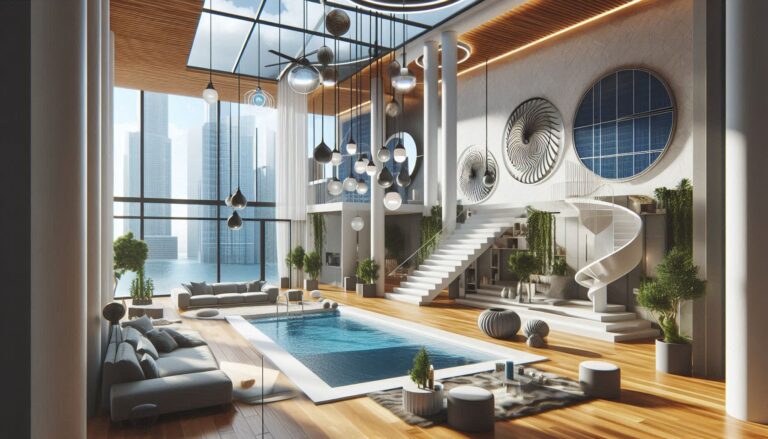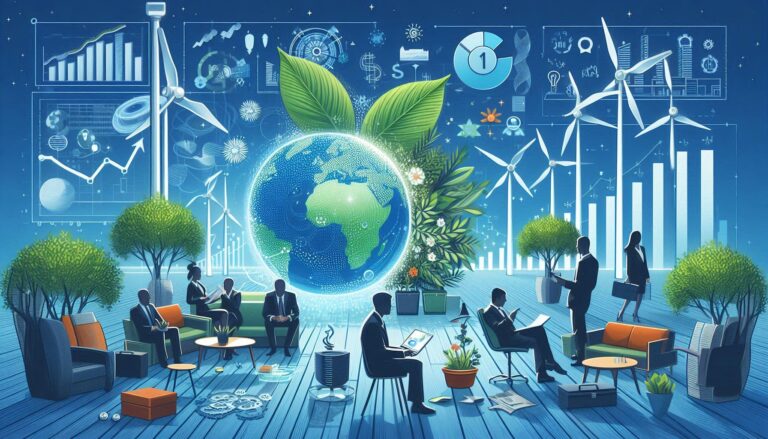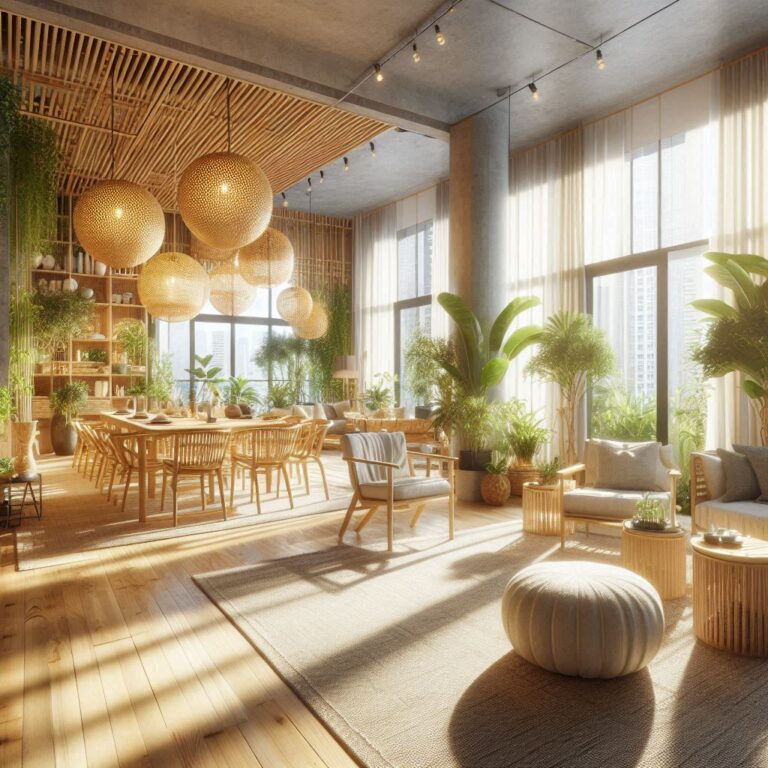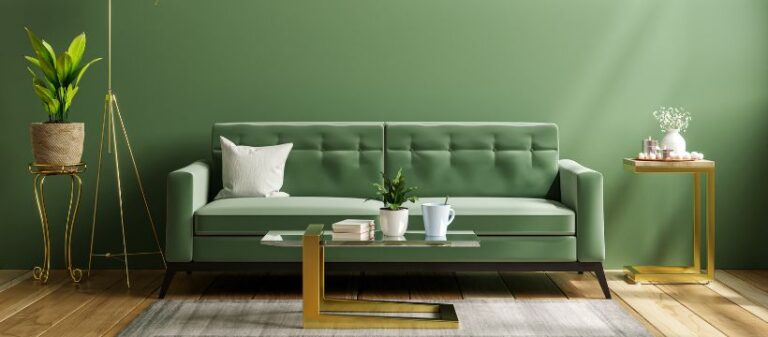Building a Sustainable Design Workflow: Tools and Techniques for Eco-Conscious Designers
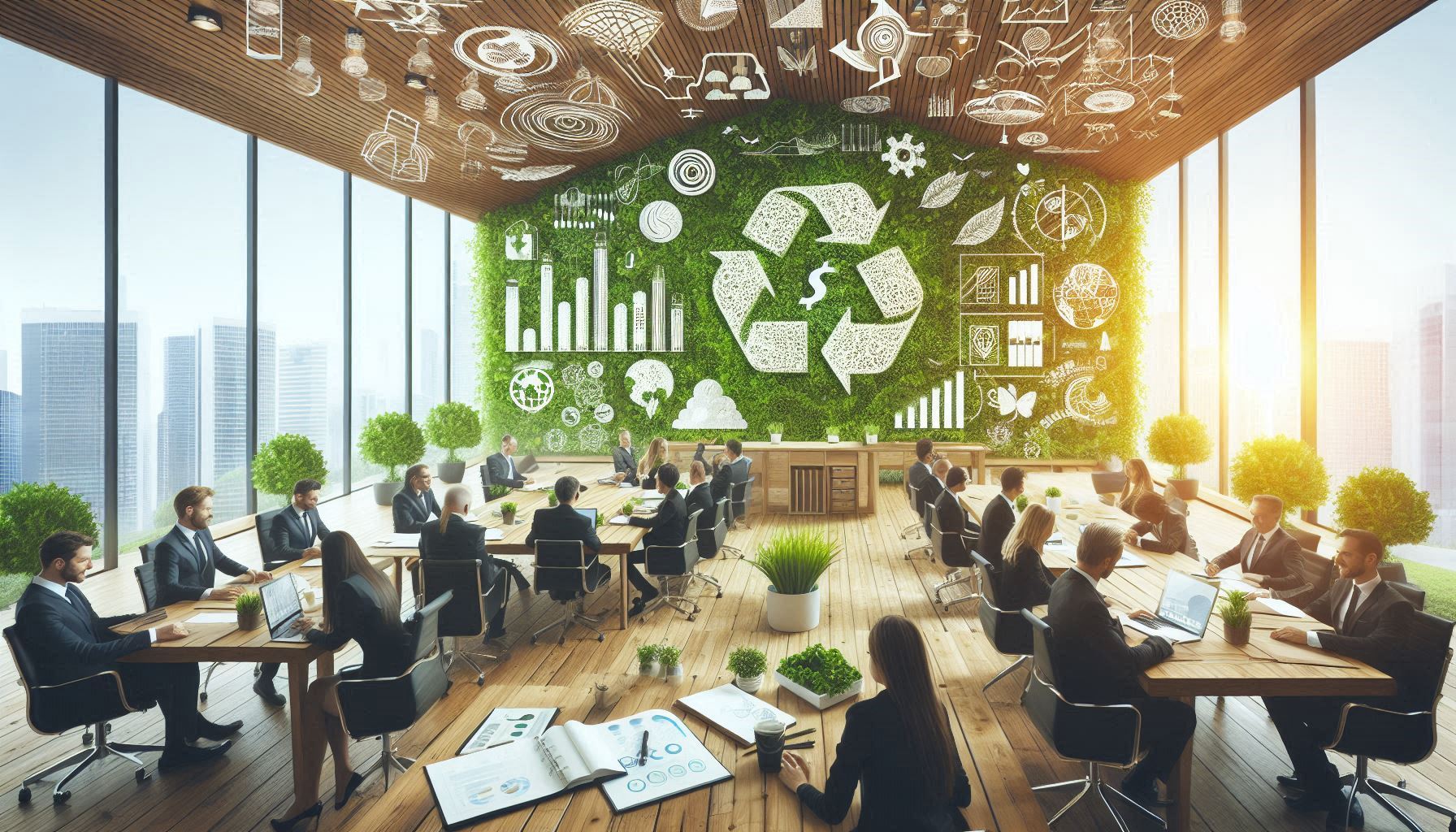
Creating a sustainable design workflow is essential for interior designers who want to prioritize environmental responsibility while maintaining high standards of quality and creativity. From sourcing materials to collaborating with clients, there are several tools and techniques that can help streamline your process while ensuring that sustainability is at the forefront of your work.
1. Digital Tools for Sustainable Design
Using digital tools can significantly reduce paper waste and improve the efficiency of your design process. Software like AutoCAD, Revit, and SketchUp allows you to create virtual models, reducing the need for physical prototypes and minimizing material waste. Additionally, tools like Green Building Studio and Ecotect allow designers to simulate energy use and environmental performance, helping you make informed decisions about energy efficiency and sustainability.
2. Material Sourcing Platforms
Several platforms now exist to help interior designers source sustainable materials. Websites like Material Bank and the Sustainable Furnishings Council provide access to eco-friendly products, such as reclaimed wood, low-VOC paints, and sustainably sourced textiles. These platforms allow you to quickly find materials that align with your sustainability goals and reduce the time spent researching options.
3. Client Education and Collaboration
Part of building a sustainable design workflow involves educating clients about the benefits of eco-friendly practices and materials. By providing clients with clear explanations of the environmental and financial advantages of sustainable design, you can foster collaboration and ensure that they are on board with your vision. Transparent communication also helps avoid potential conflicts and ensures that sustainability remains a priority throughout the project.
4. Waste Reduction Strategies
Incorporating waste reduction strategies into your design workflow can significantly lower the environmental impact of your projects. This can include reusing existing materials, reducing packaging waste, and opting for modular design systems that can be easily disassembled or reused in the future. Additionally, designing for durability ensures that the space and materials stand the test of time, reducing the need for frequent renovations or replacements.
5. Green Building Certifications and Documentation
Obtaining green building certifications, such as LEED or WELL, can be an important part of your sustainable design workflow. These certifications require careful documentation and adherence to specific standards, so it’s important to stay organized and keep track of your sustainable choices throughout the project. Using project management software can help you manage the documentation process and ensure that everything is on track.
Conclusion
Building a sustainable design workflow requires the right tools, techniques, and strategies to ensure that sustainability is prioritized in every phase of your projects. By using digital tools, sourcing eco-friendly materials, collaborating with clients, and adopting waste reduction strategies, interior designers can create more sustainable spaces while improving workflow efficiency and reducing their environmental impact.

